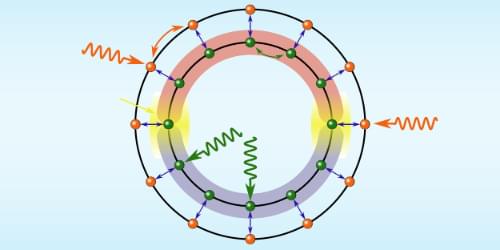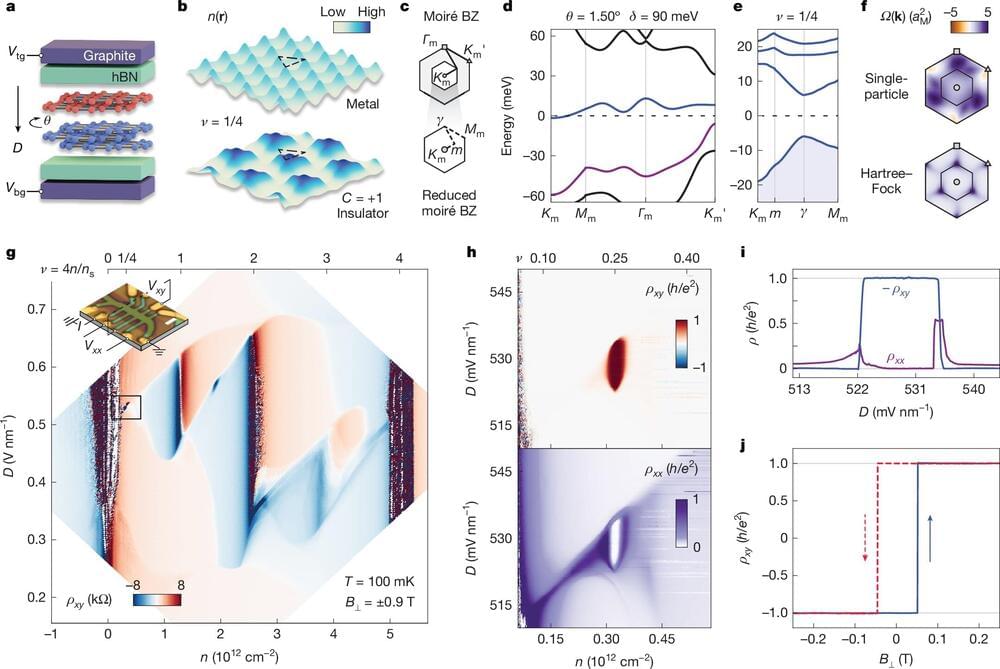Instead of finding the radio burst in a region of young stars, researchers traced its origin to the outskirts of a “dead” elliptical galaxy.
For over a decade, complexity scientist Peter Turchin and his collaborators have worked to compile an unparalleled database of human history – the Seshat Global History Databank. Recently, Turchin and computer scientist Maria del Rio-Chanona turned their attention to artificial intelligence (AI) chatbots, questioning whether these advanced models could aid historians and archaeologists in interpreting the past.
The study, which is the first of its kind, evaluates the historical knowledge of leading AI models such as ChatGPT-4, Llama, and Gemini.
The results, presented at the NeurIPS conference, reveal both potential and significant limitations in AI’s ability to grasp historical knowledge, especially at the nuanced, expert level.
For decades, creating human skin models with physiological relevance has been a persistent challenge in dermatological research. Conventional approaches, such as rodent models and two-dimensional skin cultures, fail to replicate the complexity and functionality of human skin, particularly in aspects like appendage development. These gaps hinder progress in translating laboratory findings into effective clinical treatments. The scientific community has long recognized the urgent need for advanced skin models that authentically emulate human skin’s structure and function.
On January 16, 2025, a pivotal study (DOI: 10.1093/burnst/tkae070) published in the journal Burns & Trauma made remarkable progress in skin regeneration. Researchers discovered that employing an air-liquid interface (ALI) culture method significantly enhances hair follicle formation within hiPSC-derived skin organoids compared to traditional floating culture techniques. This breakthrough holds immense potential for advancing therapies for skin disorders and crafting next-generation skin regeneration solutions.
The research employed an ALI model with transwell membranes to cultivate hiPSC-derived skin organoids (SKOs), contrasting its efficacy with conventional floating culture methods. The results were striking—SKOs under ALI conditions exhibited superior hair follicle growth, both in quantity and structural complexity. These follicles were not only larger and more mature but also demonstrated features akin to natural hair shafts, closely mirroring in vivo hair follicle development. Moreover, ALI-cultured SKOs exhibited enhanced epidermal stratification and differentiation, signifying a more precise replication of human skin architecture. These findings underscore the promise of ALI culture in advancing skin organoid engineering, offering a sophisticated and functional platform for research and therapeutic development in dermatology.
Noise Becomes a Quantum Ally
Posted in quantum physics
Noise is typically detrimental to quantum effects, but simulations suggest that it can boost entanglement under certain conditions.
Recent advances in robotics and artificial intelligence (AI) are enabling the development of a wide range of systems with unique characteristics designed for varying real-world applications. These include robots that can engage in activities traditionally only completed by humans, such as sketching, painting and even hand-writing documents.
These robots could have interesting applications in both professional and creative contexts, as they could help to automate the creation of artistic renderings, legal papers, letters and other documents in real time. Most handwriting robotic systems to date have considerable limitations, such as high production costs (around $150) and a large size.
Two researchers affiliated with the global student non-profit organization App-In Club recently developed a new cost-effective robotic handwriting system that could be more affordable for individual consumers, schools, universities and small businesses. This system, introduced in a paper on the arXiv preprint server, integrates a Raspberry Pi Pico microcontroller and other components that can be produced via 3D printing.
The magnitude 7.9 Bonin Islands earthquake sequence in May 2015, which ruptured deep within the earth near the base of the upper mantle, did not include an aftershock that extended to record depths into the lower mantle, according to a study appearing in The Seismic Record.
When Hao Zhang of the University of Southern California and colleagues re-examined the aftershock sequence of the earthquake, they did not find evidence for a 751-kilometer-deep aftershock as reported by previous researchers. This aftershock has been called the deepest earthquake ever recorded.
Instead, their study found a distribution of aftershocks that is compatible with a 12-kilometer sliver of a mantle mineral called olivine that could shed light on how deep earthquakes can occur.
Researchers from the University of British Columbia, the University of Washington, and Johns Hopkins University have identified a new class of quantum states in a custom-engineered graphene structure.
Published in Nature, the study reports the discovery of topological electronic crystals in twisted bilayer–trilayer graphene, a system created by introducing a precise rotational twist between stacked two-dimensional materials.
“The starting point for this work is two flakes of graphene, which are made up of carbon atoms arranged in a honeycomb structure. The way electrons hop between the carbon atoms determines the electrical properties of the graphene, which ends up being superficially similar to more common conductors like copper,” said Prof. Joshua Folk, a member of UBC’s Physics and Astronomy Department and the Blusson Quantum Matter Institute (UBC Blusson QMI).
Like humans, mice will compete over territory and mates, and show increased confidence in their fighting skills the more they win. At first, a brain chemical called dopamine is essential for young males to master this behavior. But as they gain experience, the chemical grows less important in promoting aggression, a new study shows.
Dopamine has been linked to male aggression for decades. How past experiences might influence this relationship, however, had until now been unclear.
In experiments in rodents, a team led by researchers at NYU Langone Health boosted activity in dopamine-releasing cells in a part of the brain called the ventral tegmental area. The findings revealed that in inexperienced male fighters, this led the animals to attack for twice as long as they would have fought naturally. When the cells were blocked, the novice mice would not fight at all.
In the world of modern optics, frequency combs are invaluable tools. These devices act as rulers for measuring light, enabling breakthroughs in telecommunications, environmental monitoring, and even astrophysics. But building compact and efficient frequency combs has been a challenge—until now.
Electro-optic frequency combs, introduced in 1993, showed promise in generating optical combs through cascaded phase modulation but progress slowed down because of their high power demands and limited bandwidth.
This led to the field being dominated by femtosecond lasers and Kerr soliton microcombs, which, while effective, require complex tuning and high power, limiting field-ready use.
A new study reveals that people with multiple sclerosis (MS) experience significantly higher rates of mental illness during pregnancy and the first year after childbirth, compared to those without MS.
The findings suggest a critical need for targeted mental health screening and interventions for this group, with depression and anxiety being the most prevalent conditions.
MS and mental health during pregnancy.









